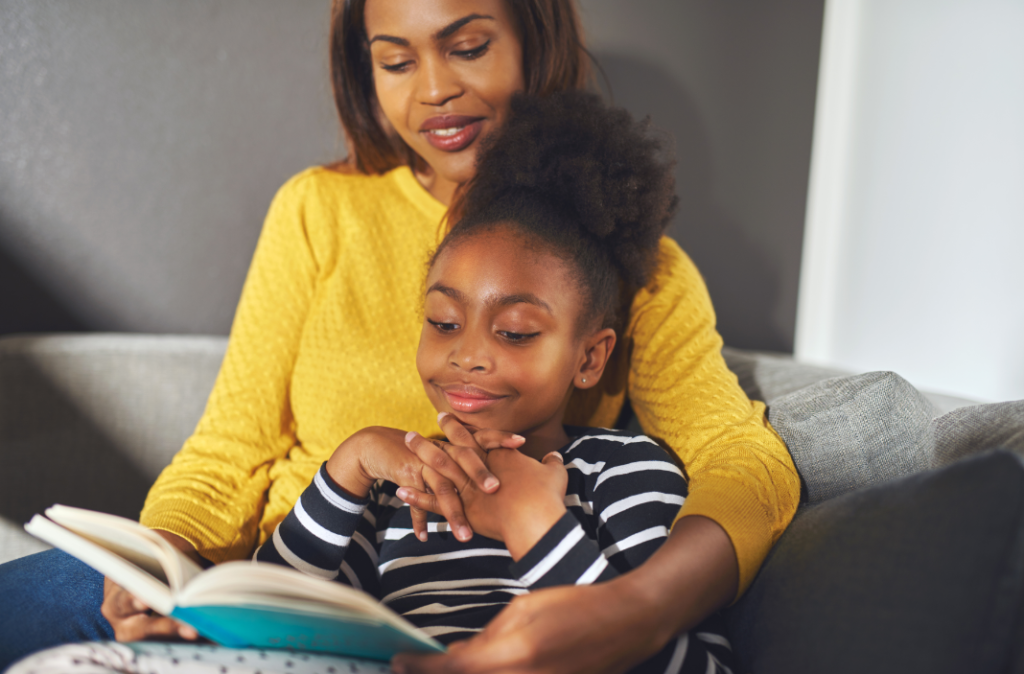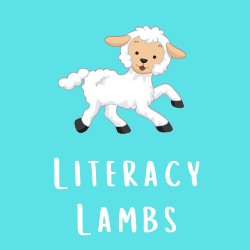We’ve been talking about building literacy skills at home, and we know helping your child learn to read isn’t always an easy task. Today we’re sharing some tools to help lighten the load.
We’re starting with decodable readers.
You may also hear them referred to as decodable texts, decodable books, or decodables.
So what are decodables?
Glad you asked.
Decodable books are those that contain phonics patterns that a child has already learned or is at least familiar with.
These books are helpful in helping children practice skills they’ve learned.
For example, if the -ap sound has been practiced then a decodable can be used to practice applying the skill to text. Decodable texts offer controlled practice so that children aren’t faced with a large amount of sounds they aren’t familiar with.
So now you may be thinking, if decodable texts are books… how are these books different from what I’m using already?
Great question!
How do decodable texts differ from books typically used for practice?
There usually isn’t a particular phonics pattern in “typical” books. There is probably repetition like I have a cat. I have a dog. I have a rabbit. Students usually rely on a picture or first letter to guess word and memorize the first portion.
We don’t want them to do this.
Guessing and memorizing may not be a problem now but can definitely present huge problems as children get older.
Decodable readers provide patterns so that children are able to sound out words. This helps them to actually looking at the words instead of guessing and memorizing.
So now since we’ve talked about what decodable readers are and how they differ from the “typical” book, let’s explore where to find them.
Where can I find decodable texts?
We don’t get any commission from these sites but these are a few we have used:
UFli– This site contains free resources from the University of Florida Institute. There is tons of researched based information that aligns with the science of reading. We’ve used it with many of our students and have seen great results. There are decodable passages to practice phonics skills and a decodable text guide that lists a variety of decodable readers.
BOB Books– These books have a variety of stages that allow children to practice decoding using fun story illustrations.
Starfall – This site offers decodable books and games that you can play online or download. There are many free components, and there is also a membership to unlock more resources.

Ways to Use Decodable Texts
Here are some ways to practice with decodable texts :
- Choose books that align with the phonics skill your child is practicing at school, and use decodable readers for extra practice. If homeschooling, decodable texts are an excellent way to practice and apply skills after phonics lessons.
- Use decodables to help your child build confidence as a reader. Once children have a chance to practice skills in text reading starts to become easier as the brain builds pathways.
- Practice vocabulary using decodable readers. For example, the word tip may be in a decodable. As your child is reading talk about what the word means in the story then point out different meanings the word may have.
Decodable books are a great way to help strengthen your child’s practice of phonics skills. Witness your child grow as a reader when you give them the opportunity to build neural pathways through practice with decoding and blending. Decodables make learning to read exciting!
Be sure to let us know how you’re using decodables with your reader!
CLICK HERE to download our 7 day guide for easy activities to connect with your child through reading.

